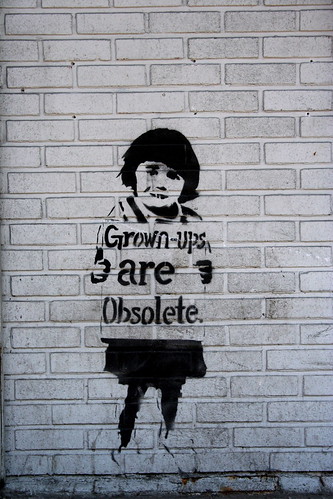The month of lists has begun, so I decided to rank the business ideas from the last year that could or should be a big deal in the next year. Most of these ideas and companies have actually been around longer than 12 months, but they either reached a certain critical mass or captured my imagination in a new way recently.
1) Scrobbling
All my listening behavior are belong to Last.fm. They figured out how to not only capture what I listen to but also to incentivize me to keep my behavior data with them. Since my listening data is open for other services to use, I am willingly giving Last.fm the power to broker that data with other providers on behalf. That’s a very strong position to be in.
2) Meta ad networks
Feedburner and Right Media figured out that ad networks can be networked into meta networks. Right Media went the extra step and opened up their APIs so that someone can build a white label ad exchange of their own using the Right Media tools. All you need are advertisers and publishers, and you’ve suddenly got a media market of your own. I can’t help but wonder if these guys have stepped into the big leagues with the next really important revenue model.
3) Pay-as-you-go storage, computing, whatever
Amazon impresses me on so many levels even if they don’t know exactly what they’re doing. They are making it happen just by doing smart things with the resources already in their arsenal. Similarly, Flickr understands that the APIs you use to build your web site are the same APIs you want to open up as a service, and it’s paying off handsomely for them. The formula here is one part optimizing resources and two parts confidence that your business won’t crash if you share your core assets with other people. Stir constantly.
4) People-powered knowledge
I really like the Yahoo! Answers experience. I also really like the concept behind MechanicalTurk where knowledge can be distributed as a service. Machines are at their best, in my opinion, when they make humans capable of doing things they couldn’t otherwise do, not least of which is making the universe of human knowledge more accessible.
5) Widget-mania
It wasn’t until I heard about the big revenues GlitterMaker was earning that I realized just how powerful this idea has become the last year or so. Beck’s customizable CD cover reinforced the idea that everything is a tattoo or a tattooable thing if you look at it that way…and many people do. If only I could run AdSense on my forehead.



